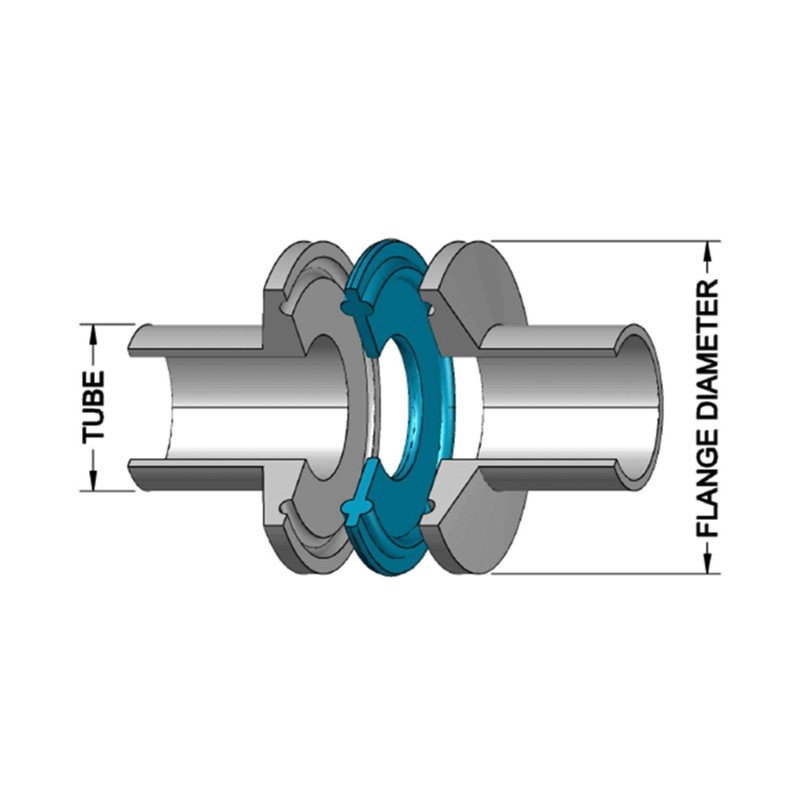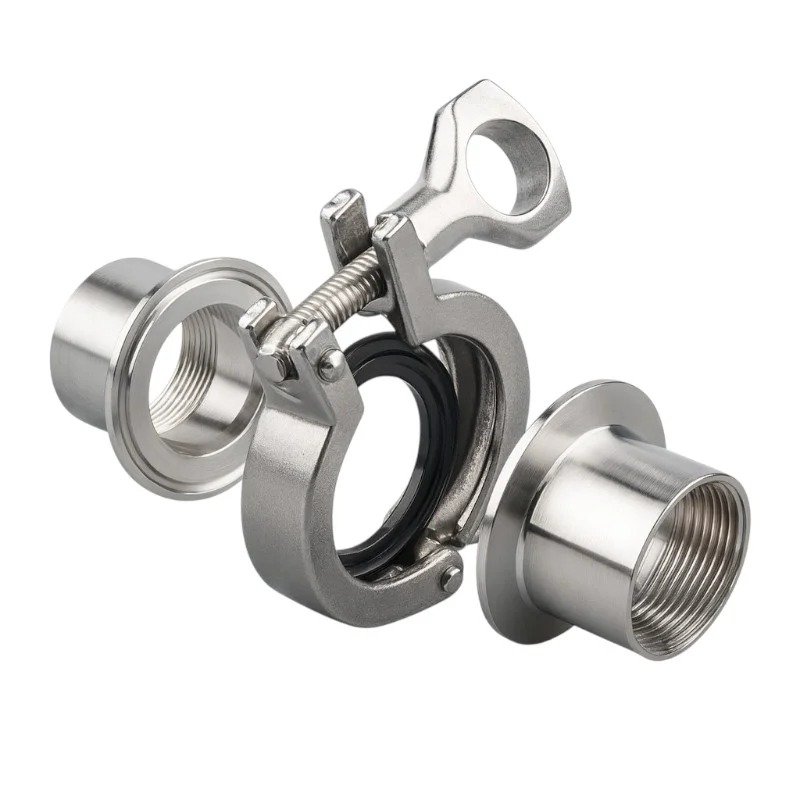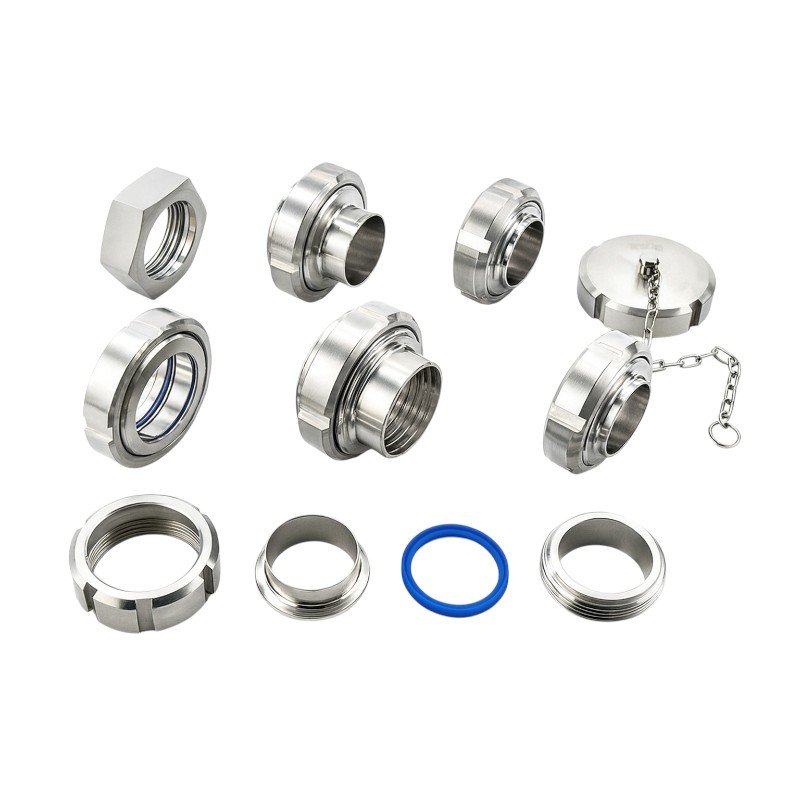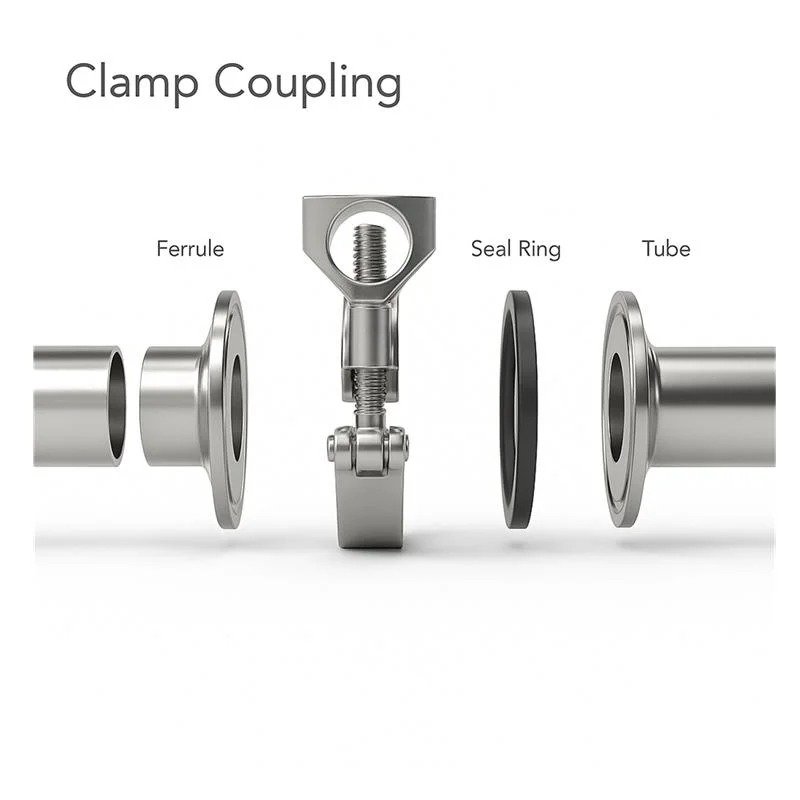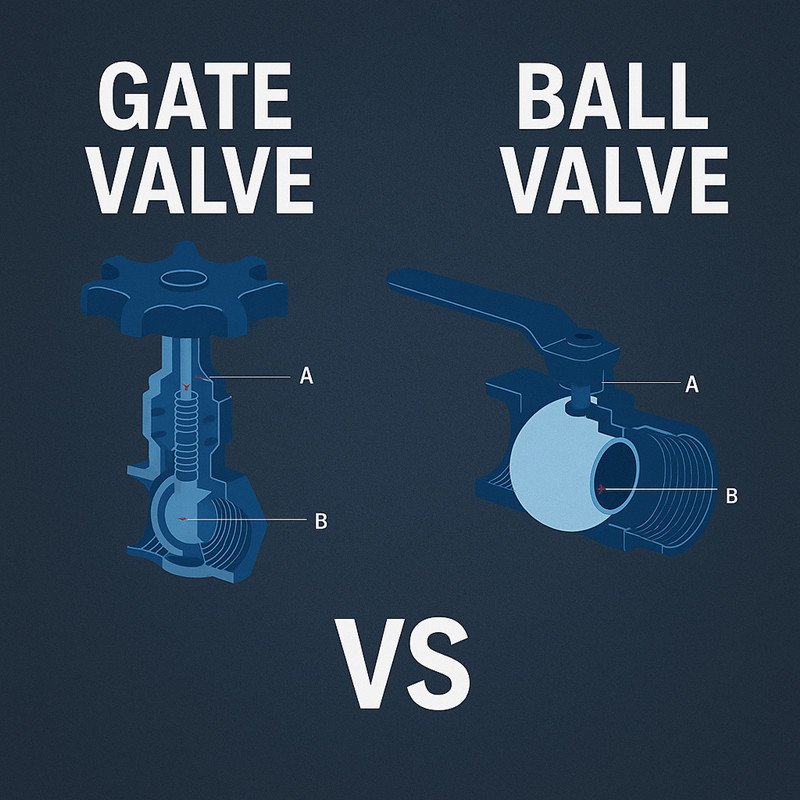Why Does Choosing the Right Valve Matter?
Valves are essential components in industrial processes, controlling flow and pressure in pipelines. Selecting the right valve type is crucial for optimizing system performance, ensuring safety, and preventing costly failures.
Gauge valves and needle valves serve different purposes. Understanding their differences helps engineers and procurement managers make informed choices for specific applications.
Choosing the wrong valve can lead to inefficiencies, leaks, or even system failure. Let’s explore how these two types compare.
What is a Gauge Valve?
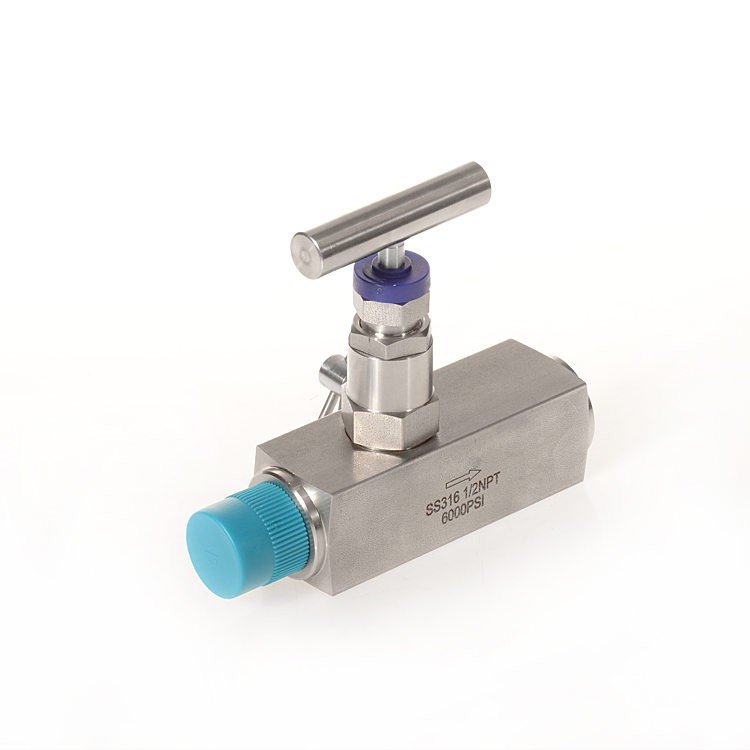
Gauge valves are designed to isolate pressure gauges, providing protection from pressure spikes and facilitating maintenance.
Gauge valves provide pressure isolation, allow for calibration, and protect pressure instruments from damage due to sudden pressure fluctuations.
Key Features of Gauge Valves
- Pressure Isolation Mechanism: Protects pressure gauges by isolating them from system pressure when not in use.
- Calibration Facilitation: Allows safe calibration and removal of the pressure gauge without disrupting the process.
- Application Versatility: Used in multiple industries where pressure monitoring is critical.
Common Applications of Gauge Valves
Gauge valves are widely used in industries requiring accurate pressure measurement and control, such as:
| Industry | Application Example |
|---|---|
| Chemical | Process monitoring |
| Oil & Gas | Pipeline pressure measurement |
| Power Generation | Boiler pressure monitoring |
| Water Treatment | Pump pressure monitoring |
What is a Needle Valve?

Needle valves are precision valves used for regulating flow in a system by providing fine control over the fluid passage.
Needle valves offer precise flow control, superior leak prevention, and reliable operation in high-pressure and high-temperature environments.
Key Features of Needle Valves
- Precise Flow Control: The small, tapered needle-like plunger allows for very fine flow adjustments.
- Leak Prevention: The tight seal prevents fluid leakage, even under extreme conditions.
- High-Pressure & High-Temperature Performance: Suitable for demanding applications requiring precise flow control under tough conditions.
Common Applications of Needle Valves
Needle valves are used in applications requiring controlled flow and leak prevention, such as:
| Industry | Application Example |
|---|---|
| Laboratories | Gas chromatography |
| Hydraulic Systems | Pressure regulation |
| Steam Systems | Steam flow control |
| Process Industries | Fluid metering |
How Do Gauge Valves and Needle Valves Compare?
Functional Differences
Gauge valves primarily serve as isolation devices for pressure gauges1, ensuring safe maintenance and accurate readings. Needle valves, on the other hand, are used for precise flow regulation2 and leak prevention.
Design Differences
| Feature | Gauge Valve | Needle Valve |
|---|---|---|
| Purpose | Pressure gauge isolation | Precise flow control |
| Internal Mechanism | Ball or plug-type shut-off | Needle-like plunger |
| Material | Stainless steel, brass | Stainless steel, brass, alloy steel |
| Seal Tightness | Moderate | High |
Performance Differences
- Flow Control: Needle valves allow for precise flow adjustments, while gauge valves are primarily for pressure isolation.
- Leak Prevention: Needle valves have better sealing properties, reducing the risk of leakage.
- Durability: Both are durable, but needle valves are preferred for high-pressure applications.
How to Choose the Right Valve?

Key Selection Factors
When deciding between a gauge valve and a needle valve, consider the following:
- Flow Requirements: If precise control is needed, choose a needle valve.
- System Pressure and Temperature: For high-pressure and high-temperature applications, needle valves perform better.
- Medium Characteristics: If handling corrosive or viscous fluids, material selection is critical.
- Maintenance Needs: Gauge valves simplify gauge maintenance, while needle valves ensure leak-free operation.
Real-World Case Study
Case: Choosing the Right Valve for a Steam Control System
Scenario
A manufacturing plant needed a valve for controlling steam flow in their heating system. The key requirements were:
- High-pressure handling capability
- Fine-tuned flow control
- Leak prevention
Solution
After evaluating various options, the plant selected needle valves for their superior flow regulation and leak-tight design. As a result:
- Improved efficiency: Steam flow was controlled precisely, reducing energy waste.
- Enhanced safety: The tight seal prevented leaks, minimizing risks.
- Lower maintenance: The robust design reduced downtime.
Frequently Asked Questions (FAQ)
1. Can I use a needle valve instead of a gauge valve?
No, needle valves are designed for precise flow control, while gauge valves are meant to isolate and protect pressure gauges. They serve different purposes and are not interchangeable.
2. How do I maintain a gauge valve?
Regularly check for leaks, ensure the isolation mechanism functions properly, and clean or replace the valve if necessary to maintain accuracy and efficiency.
3. What materials are commonly used for these valves?
Both gauge and needle valves are typically made from stainless steel, brass, or other corrosion-resistant materials, depending on the application requirements.
4. Are needle valves suitable for high-pressure applications?
Yes, needle valves are designed to handle high-pressure conditions, making them ideal for hydraulic and steam systems where precise control is needed.
5. Can I use both gauge and needle valves in the same system?
Yes, they can be used together. A gauge valve can isolate a pressure gauge, while a needle valve controls the flow within the same system.
Conclusion
Gauge valves and needle valves serve different purposes. Gauge valves protect pressure gauges, while needle valves provide precise flow control. Selecting the right valve ensures system efficiency and safety. For the best choice, evaluate application needs carefully and consult industry standards.


